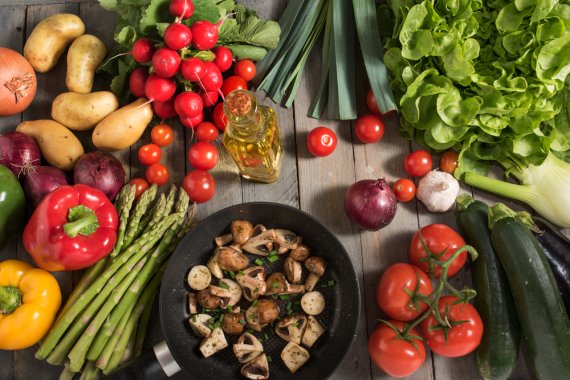A product’s sustainability depends on many aspects, such as climate, biodiversity and a fair price for the producers. Wageningen Economic Research, True Price and Bionext, together with industry*, will include these sustainability factors in the price of products in the research programme Echte en Eerlijke prijs (‘True and Fair Price’).
The fair price spreads the costs, benefits and risks across the entire chain. In addition, the researchers also chart the true price of a product. The main aspects for this estimation are the social aspects, such as climate and air pollution, but also working conditions.
Comparison
‘We want to express all these aspects in euros, in order to be able to make proper comparisons’, says Willy Baltussen, researcher Consumer and Chain at Wageningen Economic Research. The parties continue earlier research by Wageningen Economic Research and True Price, and together with the companies, they will develop and apply a standard method to itemise that price.
‘The industry is increasing its focus on sustainable production, but such a transition also involves additional costs and risks for companies’, says Baltussen. ‘At the same time, sustainable products have higher price tags. How does one ensure that everyone honestly benefits from these changes?’
Apples to oranges
Expressing all sustainability aspects in the price is difficult because one basically tries to compare apples to oranges. Baltussen: ‘How do we determine how mitigating CO2 emissions compares to animal welfare, for example? It is quite a challenge to bring all these aspects together and to express them in a way to be able to compare them. But that is our ambition.’
The true and fair price is meant to help companies produce in an as sustainable fashion as possible. It could also be a useful instrument for governments in making decisions regarding sustainability policy. Baltussen: ‘Some measures could be good for the climate but less so for biodiversity, for example.’ In addition, it could help consumers choose more consciously. ‘In the future, these insights may help choose products that score better on the aspects of the environment, health or social factors, such as working conditions.’
*Various companies and organisations are involved in the programme, including Rabobank, ABN-AMRO, GroentenFruit Huis, Nederlandse Aardappel Organisatie, Vereniging Biologische varkenshouders, Stichting EKO and LTO Nederland.

 Photo: Shutterstock
Photo: Shutterstock